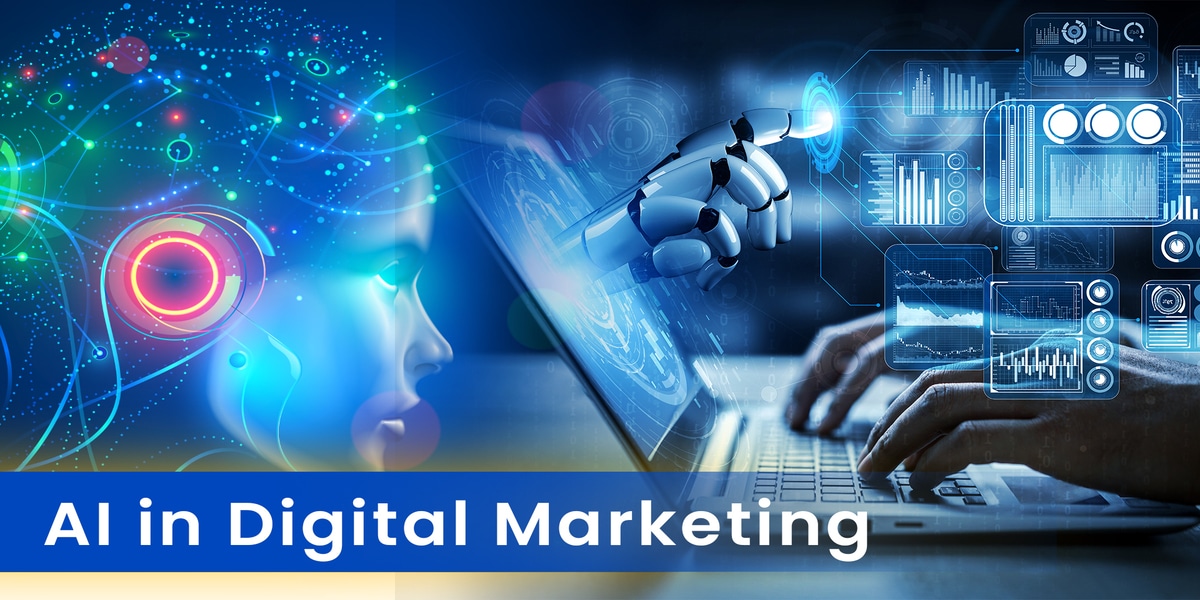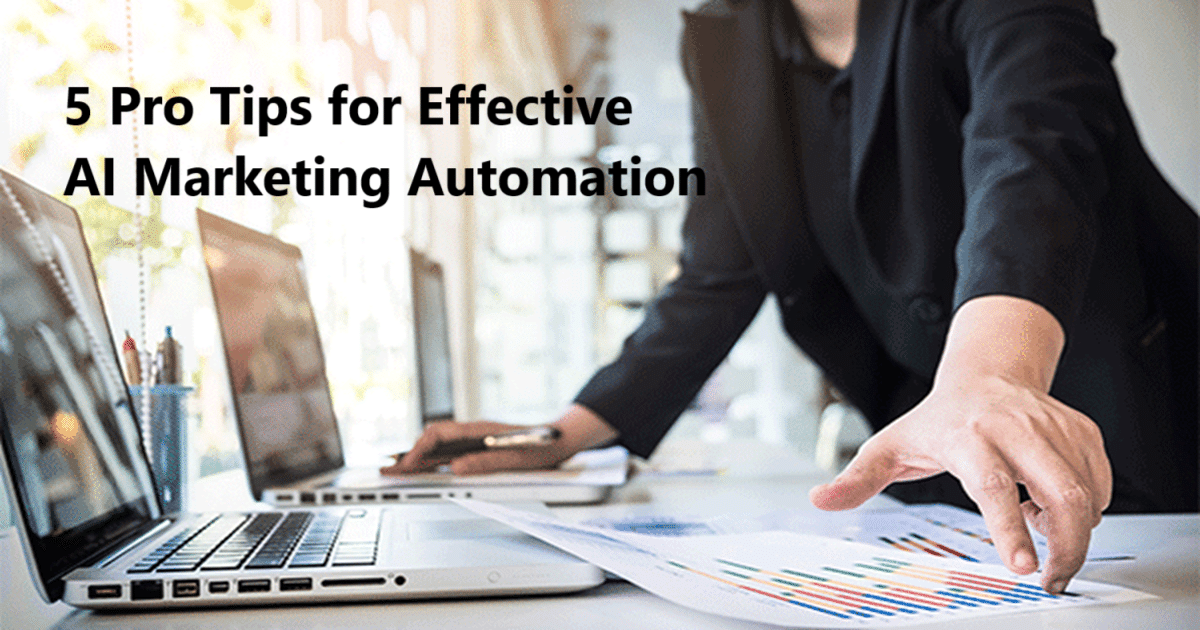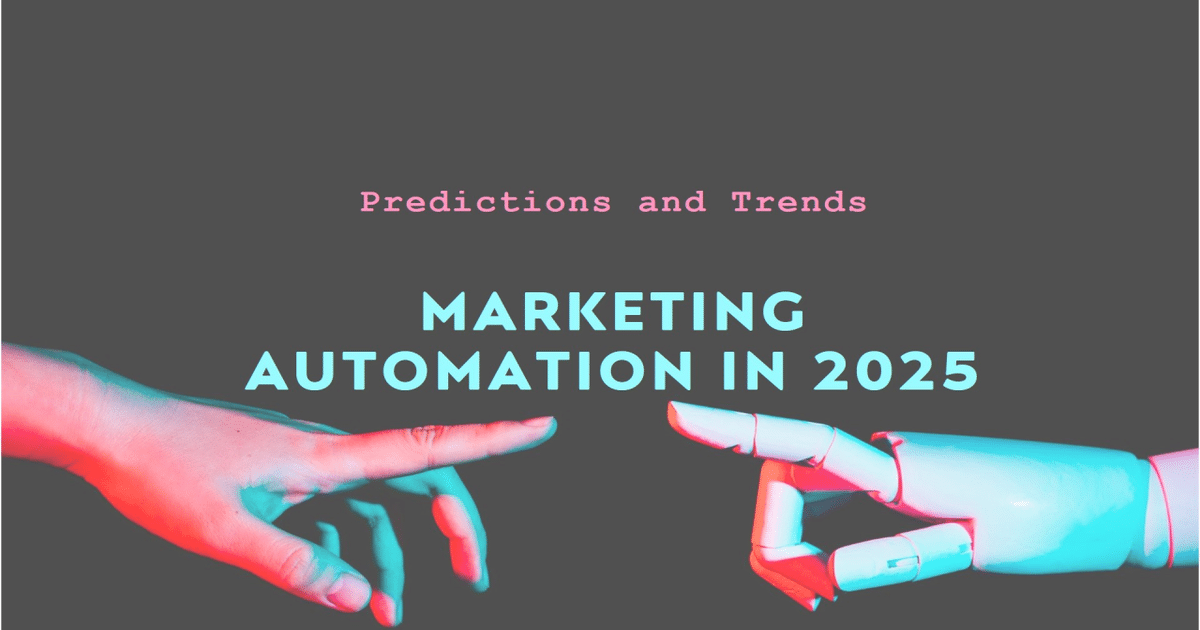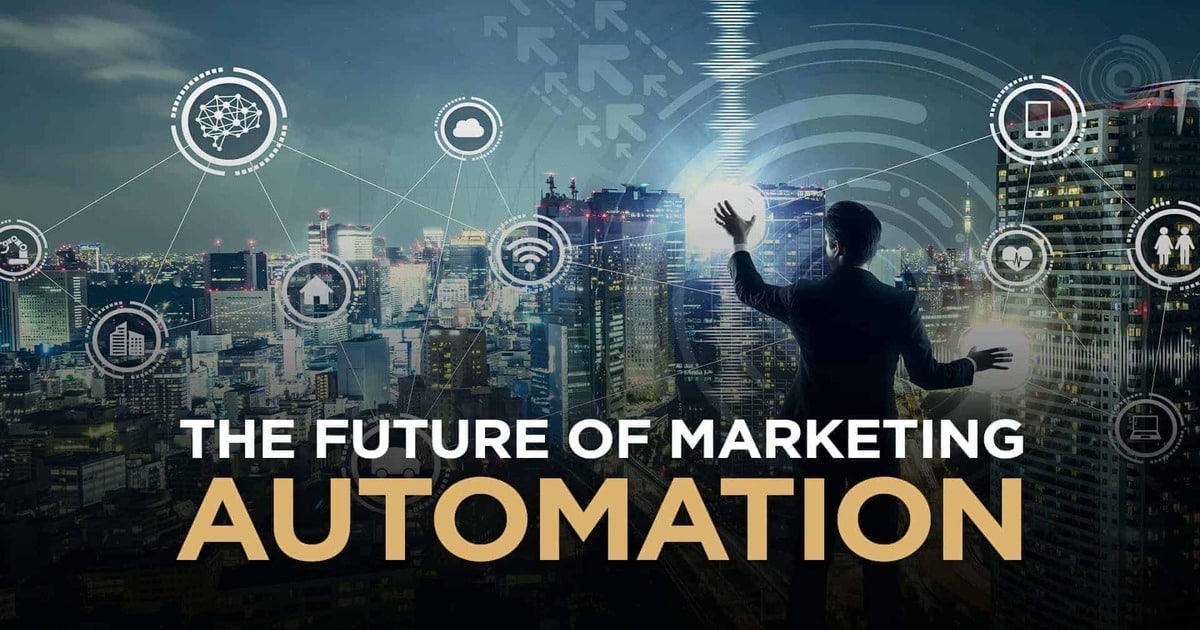Find out how AI marketing analytics is changing the way we plan our digital strategies in 2025. Find out how companies use data to make decisions that lead to great insights and results.
AI Marketing Analytics: A New Way for Brands to Learn About Their Customers
We live in a world full of data, where every click, like, and scroll tells a different tale. But how do companies figure out what these stories mean so they can make better marketing choices? The answer is AI marketing analytics, a new way of using artificial intelligence and data science together to give you useful information.
Marketers are now using machine learning algorithms and predictive modelling to get a better look at customer behaviour, campaign performance, and market trends. They don’t just rely on traditional analytics anymore. AI doesn’t only show us what happened; it also informs us why it happened and what will probably happen next.
What does AI marketing analytics mean?
A Simple Explanation
Using AI technologies like machine learning, natural language processing, and predictive analytics to look at marketing data is what AI marketing analytics is all about. It goes beyond dashboards and KPIs to find deeper patterns, automate insights, and help make decisions about strategy.
Why It Matters
Marketers don’t have to spend weeks figuring out spreadsheets or A/B testing headlines by hand anymore. With AI-powered technologies, they can obtain almost rapid feedback on how well their campaigns are doing, accurately divide their audiences, and predict how customers will act in the future.
How AI Marketing Analytics Works
Collecting and combining data
The first step is to gather information from a number of sources, including as email campaigns, CRM systems, website activity, social media platforms, ad performance, and more. AI technologies combine and standardise this data in real time.
Using Machine Learning to Process Data
AI engines employ algorithms to go through big sets of data and find patterns, correlations, and outliers that people can’t see. An AI model, for instance, can find out that people in a certain zip code are 30% more likely to buy anything on Tuesdays after 6 PM.
Making and showing insights
Once the AI technologies have done their job, they give marketers meaningful information about which audiences are worth going after, which content works best, which channels give the best return on investment, and when and how to act.
The main benefits of AI marketing analytics
- Better choices
Marketers don’t have to guess anymore thanks to AI marketing analytics. The system gives teams advice based on data, which cuts down on mistakes and helps them act with confidence.
- Insights in Real Time
It’s common for traditional marketing reports to be out of date by the time they are made. AI gives you real-time insights, so you can quickly respond to changes in the market and trends.
- Better dividing up customers
AI can find hidden micro-segments in your audience—groups that respond to certain messages, behaviours, or prices. This makes targeting and personalisation more successful.
- Better use of the budget
AI analytics technologies figure out which initiatives work best, so marketers can spend their money where it really matters and stop wasting it.
How AI Can Be Used in Marketing Analytics
Predictive client Lifetime Value (CLV) AI can use early signs of behaviour to guess how much a client will be worth over time. This lets advertisers focus on the most valuable leads and give them personalised experiences.
Analysis of feelings
Natural language processing (NLP) lets AI look at comments, reviews, and feedback on social media to see how people feel about a brand or campaign.
Predicting How Well Content Will Do AI systems can look at tone, keywords, structure, and timing to guess how well a piece of content will do before it goes up.
Attribution Modelling: AI makes it clear which touchpoints lead to conversions. Did the email campaign or the Google ad make the sale? AI analytics models give you correct attribution paths.
Things You Should Know About AI Marketing Analytics Tools
Name of the Tool Use Case Feature of AI
HubSpot AI: Lead scoring and campaign performance Predictive analytics and automatic segmentation
Google Analytics 4 Tracking user behaviour and goals in real time AI-powered insights and finding outliers
PaveAI Make GA data into reports that are easy to understand. NLP and learning by doing Adobe Sensei Individualised customer trips Modelling the future and customising things in real time
Crimson Hexagon Social media mood and audience information AI for figuring out how people feel and seeing trends
These products are made for marketers and come with easy-to-read dashboards powered by advanced AI engines.
AI Marketing Analytics in Action in the Real World
Netflix: Suggestions for content based on what you like
Netflix employs AI to keep track of what you watch, when you watch it, and for how long. It uses that information to suggest new shows with a high level of accuracy. Advanced marketing analytics models that improve user engagement and retention are behind this personalisation technique.
Amazon: Behavioural Analytics
Amazon uses AI to look at every click and purchase and customise product suggestions, prices, and marketing plans for each customer. Their marketing analytics engine helps them make billions of extra dollars each year.
Spotify: Dividing Up the Audience
Spotify divides its users into groups based on where they are, what they want to listen to, and how they feel. This lets you do hyper-targeted ads and make playlists that keep people coming back.
Data Quality and Integration are two common problems in AI marketing analytics.
AI can only do what it does with the data it gets. Insights can be wrong if the data is disorganised or stored in separate places. Businesses need to make sure that all of their marketing platforms have clean, organised data.
Algorithm Partiality
If there are biases in the training data, the recommendations may not be accurate. Teams need to check models often to make sure they are fair and useful.
Too Much Dependence on Automation
AI can automate and improve things, but human judgement is still very important. Marketers need to combine what machines tell them with creativity, empathy, and the voice of the brand. What AI marketing analytics will look like in the future
In the future, AI will play a bigger and bigger role in marketing analytics. This is what’s coming up:
Voice Search and Data for Conversations
Marketers will look at voice search data from smart assistants to learn more about what users want and how to improve their SEO strategy.
Emotional AI: Some AI models are being taught to recognise emotions in video, voice, or text. This opens up new possibilities for marketing efforts that are emotionally intelligent.
Integration of Full-Funnel Analytics
In the future, systems will combine top-funnel impressions with bottom-funnel conversions to give a complete picture of the customer experience.
How to Begin Using AI Marketing Analytics
If you’re thinking about using AI data to help with your marketing, here’s a useful plan:
- Check your data to make sure it is clean, easy to get to, and in one place.
- Start small: pick one campaign or channel to use AI insights on.
- Choose the Right Tool: Choose what you need, like email marketing, social media analytics, content forecasting, and so on.
- Teach your team: Make sure your marketers know how AI works on both a technical and strategic level.
- Measure and repeat: Keep an eye on results, change models, and improve plans.
Last Thoughts on AI Marketing Analytics
Brands that use AI marketing analytics have a big advantage in the contest for consumer attention. These technologies do more than just crunch facts; they help marketers make messages that really connect, give them a better understanding of their audience, and help them come up with better strategy.
AI won’t take the place of human marketers’ creativity and empathy, but it will help them interact with people in a more meaningful and effective way.
If marketing in the 2020s was about making things personal, then marketing in 2025 is about being exact. And with AI marketing analytics, that level of accuracy is finally possible.
To stay updated on the latest AI developments and tool reviews, follow us on our social media channels:
- Blog: https://aitoolsbiz.com/my-blog
- YouTube: https://youtube.com/@AItoolsbiz
- Twitter: https://x.com/AItoolsbiz
- LinkedIn: https://www.linkedin.com/in/aitoolsbiz










